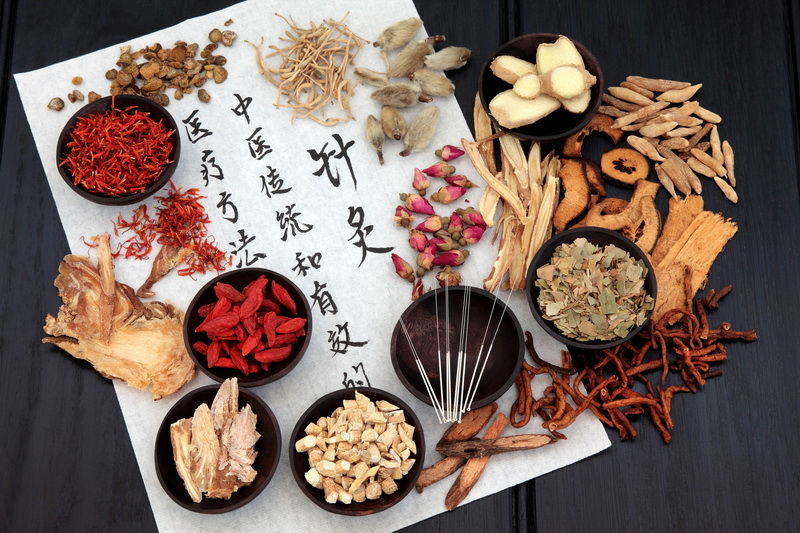Deep-rooted in the culture and history of the country’s origins, Chinese medicine reaches to the very foundations of history.
The earliest recording of this form of treatment actually dates back to the Ancient or Legendary period (2687 – 1122 B.C) which is rich of myths and legends of Shen Nung, widely believed to have been The Father of Chinese Medicine itself.
As history progressed, these legends and myths developed into more reliable recordings. Regarded as the 'Age of Science' the Han Dynasty (206 – 220 A.D) was the reign of three of the greatest doctors in Chinese history.
The theories of these practitioners are still highly regarded in today’s medical practice as the earliest adoptions of medical science overall. From the 10th to the 17th century, Chinese medicine is thought to have become confused and controversial but begun to gain ground again by the Modern or Transitional Period (1801 – 1932 A.D). It was during this time that philosophy had its largest battle between old and new ways of thinking, with contemporary thoughts steadily coming to rise for the field.
Throughout history, Chinese healers have sought to restore a dynamic balance between yin (passive) and yang (active). According to this practice, a person is healthy when there is harmony between the two forces. Across the ages, many methods have been used to restore this balance, some of which are still used in across the globe today.
The practice of traditional Chinese medicine
To walk into a traditional Chinese pharmacy would be similar to walking into a botanist’s lab. Published in 1578, the famous Bencao Gangmu (Compendium of Materia Medica) is the most complete and comprehensive book written in the history of this form of medicine. The compendium lists and analyses over 1,892 drugs and 11,000 formal prescriptions for specific ailments, all based on traditional practices within this field. Heavily leaning toward classic plant and animal compounds, this book gained popularity for its herbal and holistic treatment.
This natural approach to medicine certainly has its place in modern treatments. In particular, women seeking to overcome infertility have turned to a more holistic approach, like this.
The idea of well-being to combat infertility has been long held in Chinese medical theory. Through this, a traditional practitioner will often assess the general health of the female patient, testing their sleep quality, digestion, body pains and mental health. A diagnosis is accompanied by a treatment plan tailored to the needs of each patient. For pregnant women, acupuncture is also used to assist in a myriad of ways, including relief from morning sickness, and pelvic and back pain.
The rise of acupuncture
In fact, deep set in Chinese medicine, acupuncture is perhaps the most widespread example of traditional forms within the modern age. One current theory of how acupuncture was first discovered traces back to the early Chinese medical records, where it was believed stone knives and sharp tools were used to relieve pains and disease.
As time passed, these tools were substituted for bone or bamboo. While the exact origin is hard to know for sure, observation over thousands of years has demonstrated that the Chinese have always had a rudimentary knowledge of today's practice.
The field has evolved and will continue to as the years go on. The holistic medical practice, when used in conjunction with Western medicine, means it will always have its place in society.

